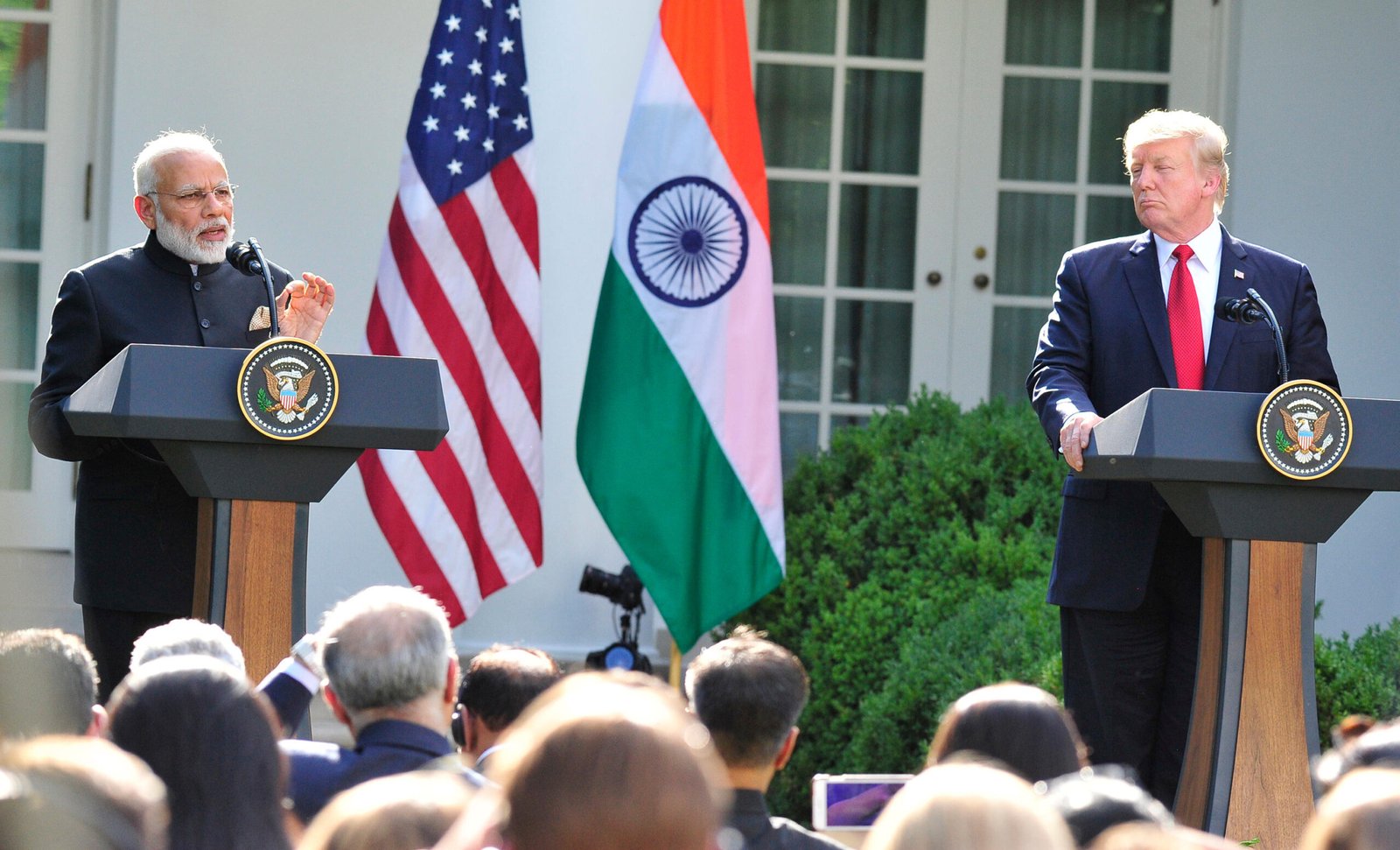Former U.S. President Donald Trump’s decision to impose steep 50% tariffs on Indian goods has stirred diplomatic tensions, with analysts suggesting that the move may be rooted not only in economic concerns but in geopolitical frustration—particularly over India’s rejection of Trump’s claims to have brokered a recent ceasefire with Pakistan.
The new tariff hike, described by the Trump administration as a response to India’s continued purchase of Russian oil, has drawn scrutiny from international observers who believe it may be driven more by wounded ego than policy alignment. According to Michael Kugelman, Director of the South Asia Institute at the Wilson Center, Trump’s ire toward India stems from New Delhi’s public rebuttal of his role in brokering the May 10 ceasefire between India and Pakistan.
“India Refused to Let Trump Take Credit”
Kugelman noted the sharp contrast between Trump’s treatment of China and India, despite both nations importing oil from Russia. He said, “China has not stood out there and refused to let President Trump take credit for his role in the ceasefire… These are things that happened with India.”
He argued that India’s assertiveness—especially Prime Minister Narendra Modi’s firm pushback—may have provoked Trump’s retaliatory stance on trade. “President Trump would reserve some of his greatest ire on the trade and tariff front for India,” Kugelman told ANI, branding the approach a clear double standard.
Ceasefire Claims Rejected by India
The controversy stems from the ceasefire agreement announced on May 10 during a period of heightened military tension between India and Pakistan. Trump took to social media, declaring that his administration had successfully mediated a “full and immediate” ceasefire following a night of high-level talks.
India, however, swiftly denied any U.S. mediation role. Both Prime Minister Modi and External Affairs Minister Dr. S. Jaishankar categorically stated that the ceasefire was a result of direct dialogue between the Director Generals of Military Operations (DGMOs) of India and Pakistan, initiated by Islamabad and not Washington.
In Parliament, PM Modi clarified, “No country in the world has stopped India from any action in its defence against terrorism.” He emphasized that India’s military operations, including the recent Operation Sindoor, were conducted autonomously and without foreign interference.
Dr. Jaishankar further reinforced the government’s stance, confirming that “no call was made between Prime Minister Modi and President Trump” between April 22 and June 17, contradicting the White House narrative.
Operation Sindoor and Aftermath
India launched Operation Sindoor on May 7 in retaliation for the April 22 terrorist attack in Pahalgam, which killed 26 civilians. The operation saw Indian missiles strike nine major terror camps inside Pakistan and Pakistan-occupied Kashmir (PoK), targeting key installations of Jaish-e-Mohammed, Lashkar-e-Taiba, and Hizbul Mujahideen.
The strikes led to over 100 terrorist casualties. Following this, Pakistan responded with drone incursions and missile attacks, prompting Indian forces to bypass and jam Pakistani air defence systems—allegedly of Chinese origin—striking multiple military and airbases from Nur Khan to Sargodha.
Faced with significant damage, Islamabad reportedly reached out to New Delhi to propose a ceasefire, which was accepted on May 10, according to Indian officials.
Tariff Fallout and Strategic Setback
Despite India’s detailed explanation, Trump escalated the issue by signing an Executive Order on August 1 titled “Further Modifying The Reciprocal Tariff Rates.” This order imposed increased tariffs on goods from more than 60 countries—India among the hardest hit, with duties rising from 25% to 50%.
“This is the worst crisis that the U.S.-India relationship has faced over the last two decades of strategic partnership,” said Kugelman, though he also expressed hope that the relationship could recover due to “shared interests” and a multi-layered alliance that can “withstand shocks.”
While trade and energy concerns dominate the headlines, this episode underscores how diplomacy can quickly unravel when geopolitical narratives clash. With India holding its ground and the U.S. flexing its economic muscle, the latest standoff could mark a pivotal test of resilience in the decades-long India-U.S. strategic partnership.







